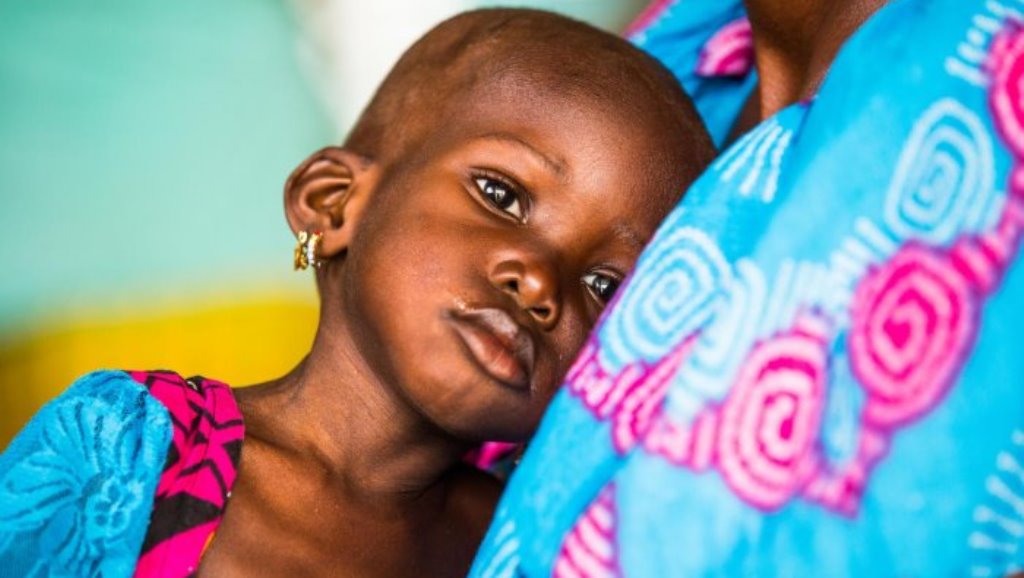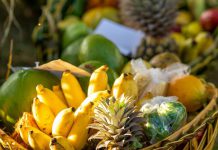AfricaPress-Tanzania: KAGERA Region is implementing a programme to reduce the rate of malnutrition in children, it has been disclosed.
Kagera Regional Health Officer Nelson Rumbeli told ‘africa-press’ that strategies to fight against malnutrition included sensitising food producers and packers to ensure their products were fortified with vitamin A, iron and zinc.
“Under the programme we expect to involve primary and secondary schoolchildren in getting fortified meals and later educate the community on the importance of eating food rich in micronutrients, proteins and vitamin A,” he said.
Kagera Region is among the regions with a high incidence of stunted children aged below five years. The rate of stunted children stands at 39.8 per cent, while the national average rate stands at 34 per cent.
Other regions with a high incidence of stunting with the percentage in brackets include Njombe (53.6 per cent), Iringa (47.1 per cent), Rukwa (47.9 per centre), Songwe (43.3 per centre), Kigoma (42.3 per centre) and Ruvuma (41.0 per cent).
While efforts have been made to reduce the rate of stunting from 41.7 per cent in 2015/16 to 39.8 per cent in 2018/19, more is still needed to be done. It is high time every person realised the goal of malnutrition-free Kagera Region. Without take necessary steps children will remain at great risk in the region.
Kagera Regional Administrative Secretary (RAS), Prof Faustin Kamuzora, stressed a need for mothers to breastfeed their children to reduce the rate of malnutrition.
Equally, he urged all stakeholders to join hands in fighting against malnutrition and hidden hunger, noting that more efforts should be made to educate families, especially women on the importance of breastfeeding and eating food varieties rich in micronutrients, proteins and vitamin A.
There is a poor understanding of nutrition in communities. So many young people suffer from stunted growth caused by a poor diet. “More efforts are needed to educate the community on the importance of a lunch time meal for schoolchildren,” he said.
Kagera Region has enough food varieties, including bananas, beans and fish species from Lake Vitoria and 14 satellite lakes…food is not a problem. Families should be educated on the best food varieties to eat on a daily basis.
Kagera Regional Nutrition Officer Yusuf Hamis noted that a recent initial baseline survey indicated that about 224,364 children aged below five years in Kagera Region were stunted.
Minimum acceptable diet stands at 18.1 per cent compared to the national average of 30.3 per cent. The rate of continued breastfeeding for two years stands at 44.4 per cent while the national average is 43.3 per cent. The rate of exclusive breastfeeding stands at 85 per cent and meal frequency per day stands at 55 per cent.
Ms Jojianas Kibura, a senior researcher at Tanzania Agricultural Research Institute (TARI) Maruku said efforts were being made to get funds to run education seminars in schools to impart knowledge to schoolchildren on how to make banana cakes that would compliment meal frequencies and increase vitamin A.
“Steps have been taken to multiply high yielding banana varieties with different levels of tolerance to most of the banana pests and diseases. Among the varieties include tumbago, lai, apantu, etoo, biila and pisang. These will soon be supplied to farmers for the planting season
These varieties are tolerant to various combinations of major banana production constraints, which are nematodes, weevils, panama disease, black sigatoka, low soil fertility and drought.
The new bananas also appeal to farmers and consumers, especially in terms of bunch weight, cycling and taste of raw fruit and derived products,” she said.






